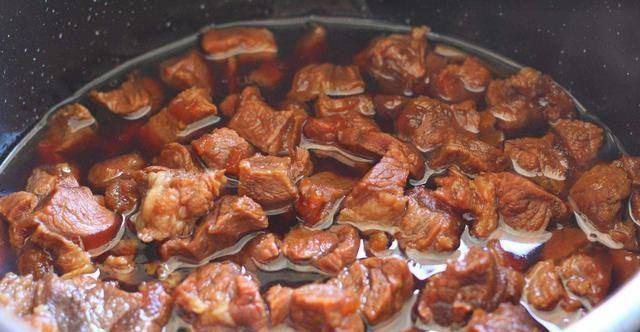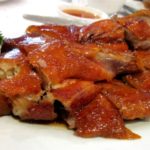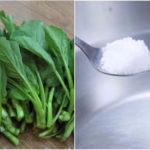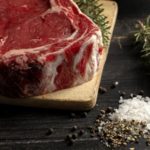Beef can be cooked into many delicious dishes, with the most popular ones being steak and stew. However, many people wonder why steak only needs to be fried for a few minutes before it’s ready to be enjoyed, and the meat is very tender. Meanwhile, beef stew takes longer to cook, typically around 1 hour. So what is the reason behind this difference?

The reason why the cooking time for steak and beef stew is different is because different parts of the meat are chosen for cooking. The meat in different parts has different characteristics, so the cooking methods are also different.
Steak in Western restaurants often uses the tenderloin part of the beef, and this part is really tender. During the frying process, the beef will cook very quickly. On the other hand, leaving it for too long can make the meat tough and less flavorful.
For beef stew, the meat part usually contains some tough tendons, so it is tougher. If it is not stewed for a long time, the meat will still be tough and not edible.

In addition, the meat used for cooking steak is usually stored in a cool and fresh environment, so it takes less time to cook.

The meat used for beef stew is usually frozen for a few days, which makes it less fresh. When cooking, it takes time for the meat to thaw and for the meat fibers to become tender again.
Grilling Chicken: How Mistakes Can Affect Taste and Well-Being
Cooking grilled chicken can be a tricky affair–one wrong move could lead to a tasteless, unappetizing dish that may even be unsafe to eat. Therefore, it’s important to understand the basics of grilling chicken and the common mistakes that can occur. In this article, we will explore the safety concerns surrounding grilled chicken and how to avoid them.






































